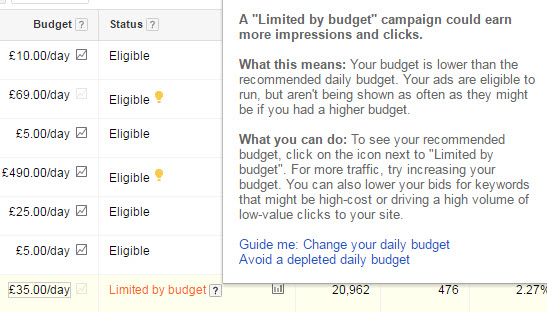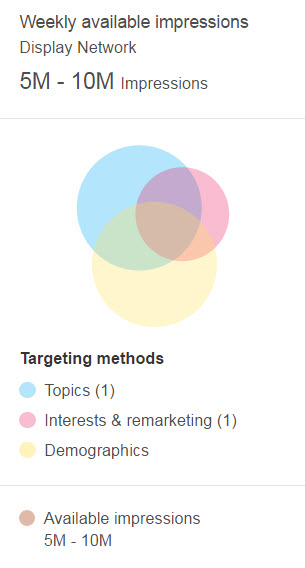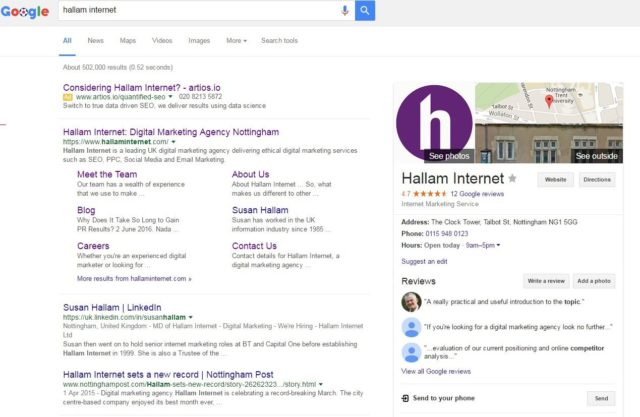Well, there is no single answer for this, as there are a number of factors that can be the cause.
In this post I will discuss some of the most common reasons for adverts not to show. Some are more self-explanatory and basic than others, but it’s important that you’re aware of all that will be highlighted.
1. Limited Budget
Undoubtedly the most common reason adverts don’t show is because of your limited budget.
When your budget runs out your adverts will no longer appear. However, your advert may still not appear even if you have budget remaining.
Why is this? Well, it will usually be down to the delivery method that is set in the campaign settings. The most commonly used method is ‘standard’, which means Google will show your adverts throughout the day and spread the budget as evenly as possible. Therefore, if your budget is too small for the daily search volume, there will be times when your adverts won’t appear.
Tip: Review the campaign’s Search Lost IS (budget) in AdWords. This will give you an indication of how much potential visibility your campaign is losing out on.

2. Ad Rank
If it’s not a limited budget that’s preventing your ads from showing, a poor ad rank is the next most likely suspect.
Ad rank is used to position your adverts on a SERP. It’s a score that Google applies to your adverts every time they are eligible to be shown. These scores are based on two factors: The quality score and the maximum CPC you are willing to spend.
Google Economist Hal Varian explains how Google works out ad rank in this one minute video:
Within any market, if there is an increased number of competitors, and they are bidding more aggressively, your required CPCs and budget are likely to be higher.
Tip: Look at the Search Lost IS (rank) in AdWords to find out how much visibility your adverts are missing out on. If it’s a high percentage, then review the quality score and maximum CPCs across the campaign.
3. Self-Searching
Like organic listings, Google also changes paid listings depending on how users react to them. So as a business owner or marketing manager, you’re likely to be searching to see if your advert is being shown, right?
This is completely understandable, but by repeatedly doing this and not clicking, Google will naturally lower your position and may eventually not show it as it no longer thinks it’s relevant to you.
Tip: Minimise self-searching as SERPs continue to become more personalised, and Google uses your behaviour to do this. Instead, use Google’s Ad preview tool within AdWords and the data available.
For example, if AdWords says a campaign’s average position was 1.7 and its impression share was 95%, this is a reliable indicator of how often and where the adverts were shown.
4. You’re Outside The Target Market
AdWords allows you to target adverts in a variety of ways.
You can target by location, gender, audience lists, placements and much more. You can also use these methods alongside each other making the target groups quite niche.
By applying complex targeting methods, you may not actually be within your own target group and will therefore not be shown the adverts.
Tip: Similar to point 3, it’s important to use the data AdWords shows as a fair reflection of the exposure you adverts are getting. There are various reasons why self-searching can show mixed and inaccurate results, and one of those is not being within you target audience.








